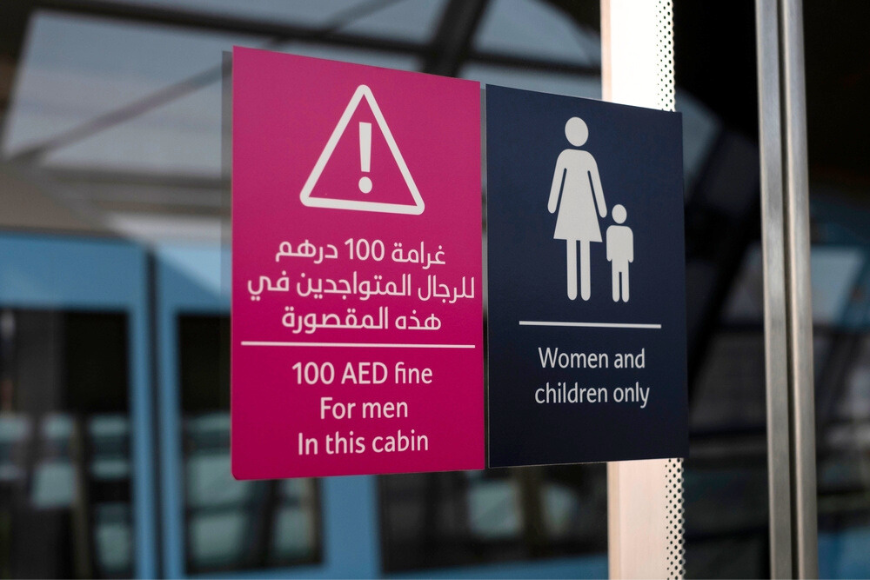Primary bone cancer is rare – but children and young adults are often most at risk. These are the symptoms to watch out for.
8 October 2019
| Last updated on 9 October 2019
All Credits: PA
It’s not unusual for children to complain of aching legs and feeling stiff – symptoms we often think of as ‘growing pains’
Most of the time, pain in the bones or limbs is normal and nothing to worry about, but there are occasions when it could be a sign of something serious.
The Bone Cancer Research Trust (BCRT) is highlighting the symptoms of primary bone cancer, alongside the importance of having access to support if you, or a loved one, are diagnosed with the disease.
Although still relatively rare, it’s important for everybody to be aware of potential warning signs of bone cancer – and this includes parents, carers and healthcare professionals. A recent BCRT survey found one in four patients waited over seven months before receiving a bone cancer diagnosis, and made seven or more visits a healthcare professional about it beforehand.
The BCRT explains that primary bone cancer (as opposed to secondary bone cancer, which refers to when cancer cells from another tumour site have spread to the bones) affects a wide range of age groups, but primarily children and young adults aged 10-25 years, as well as people over the age of 50. Osteosarcoma and Ewing sarcoma most commonly affect children and young adults: 70% of Ewing sarcoma cases occur in the under-30s, and this form of cancer makes up around 1.5% of childhood cancers. Primary bone cancer is also slightly more common in males.
It can develop in any bone in the body, although over a third of cases are found in the long bones of the lower body – such as the thigh (femur) or shin bone (tibia). Thankfully, primary bone cancer is rare.
Symptoms can be very general and often appear similar to the symptoms of sports injuries, growing pains, or many other common conditions, such as tendonitis or arthritis. They may also vary depending on the location and the size of the tumour. Cancer Research points out that because primary bone cancer is rare, it’s much more likely that another problem is causing symptoms. The symptoms of growing pains, for example, are an aching or throbbing in the muscles of both legs, often in the evening or at night. However, it’s important to get any symptoms checked by a GP.
Zoe Davison, head of research and information at the BCRT, says: “We’re passionate about empowering GPs with information on symptoms, so they have confidence to identify these cases quickly. Primary bone cancer is rare, but these patients are someone’s child, parent or grandparent, and this Bone Cancer Awareness Week we’re raising awareness of primary bone cancer to ensure they have the best chance of successful treatment.”
SEE ALSO: What Are the Signs, Symptoms and Treatments for Lower Back Pain?
Here are the 9 most common symptoms of primary bone cancer that everybody should be aware of…
1. Bone pain
This can be constant or intermittent, and painkillers may not help. The pain can be worse at night.
2. Tenderness
The affected area may be tender to touch.
4. A lump
A lump or swelling may be seen, or felt, if the tumour is near the surface. In other areas, such as the pelvis, a lump or swelling may not be visible.
5. Bruising
A person with bone cancer may bruise more easily.
6. Tiredness
Although fatigue can occur in primary bone cancer, it’s a less common symptom.
7. Sweats/fever
People with bone cancer might have a high temperature or feel feverish and have sweats. Again, this is a less common symptom.
8. Weight loss
A person with primary bone cancer may lose weight even if they haven’t changed their diet, or they may lose muscle tone. These symptoms aren’t common.
9. Fractured bone
A very rare symptom is fracturing of the bone due to the tumour weakening the area. This is known as a pathological fracture.




.png?itok=HBSyMDok)









































































.png)


























.png?itok=0fOAXkOm)

























.png?itok=EH_x0Pha)
